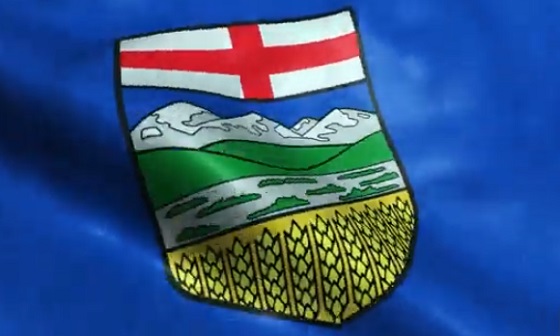Opinion
Election 2017 is over, My last thoughts and the desire for change and continuity.

Election 2017 is over and a few surprises.
Our population as a whole decreased last year by 975,so one would expect fewer people to vote and the number of people voting went down to 20,247 from 20,364 in 2013.
The Mayor easily won re-election to serve a second term.
In regards to councillors the incumbents running for a second term, increased their votes, Tanya Handley 9,658/6,623, Lawrence Lee 8,784/8,406, and Ken Johnston 7,364/7,134. (2017 votes/2013 votes).
The incumbents running for their 3 or more terms faired less well. Dianne Wyntjes won but received 9,173/9,841, as did Buck Buchanan 7,430/8,435 and Frank Wong 6,284/8,019. Incumbent Lynne Mulder lost her seat as her vote fell 6,094/8,341.
New comers Michael Dawe and Vesna Higham will be the game changers this next term. Vesna Higham lives north of the river along with Frank Wong and Michael Dawe has written extensively about Red Deer’s history and the issues hounding the residents north of the river.
This election saw only one council incumbent retiring and it appears the residents demanded continuity but expected and wanted some turnover.
I expect to see a higher turnover next election as I expect, 1 councillor vies for the Mayor’s seat and up to 3 others retires. 4 vacancies in 2021.
The public school board had a race with all incumbents running and they also saw 2 new comers win seats and incumbents lose votes. Bev Manning won her seat with fewer votes, 5,609/6,754, as did Bill Stuebing 5,008/6,759, Dianne Macaulay 4,724/4,819, and Bill Christie 4,435/5,853. Incumbents Jim Watters lost his seat as his vote fell 4,077/4,943 as did Dick Lemke 3,608/4,823.
New comers Nicole Buchanan and Laurette Woodward will be the game changers this next term. They just might add their voices to building the next public high school north of the river.
The kicker comes from the catholic school board where 2 of the 5 incumbents retired leaving a 40% vacancy rate. The 3 incumbents increased their votes to ensure continuity with 2 new comers.
Adrianna Lagrange 3,716/3,274, Anne-Marie Watson 3,597/3,168 and Murray Hollman 3,230/2,056,
New comers Kim Pasula and Cynthia Leyson will be the game changer this next term.
For the next 4 years we will have 2 new faces on council, 2 new faces on public school board and 2 new faces on the catholic school board. Let us welcome them and see what they can bring to the table.
We have 15 returning faces and I hope they took notes and collectively hit the reset button on the issues raised over the campaign and I hope that the issues, raised during Election 2017, will not be shunted into a closet until the next election in 2021.
The issue of term limits came into play as those running for the umpteenth time saw a decline in support and I hope they remember that in 4 years. Till then. Thank you.
It was an interesting race, but I am glad it is over. Aren’t you?
Business
Who owns Canada’s public debt?
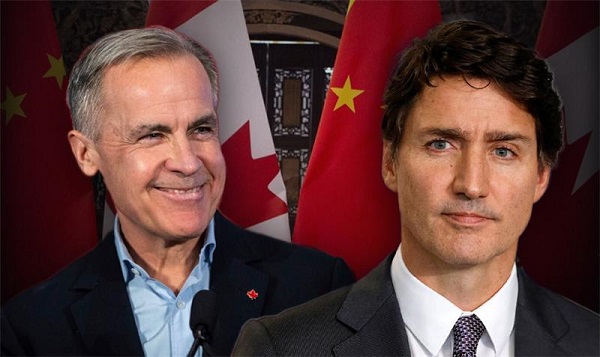

 David Clinton
David Clinton
Remember when thinking about our debt crisis was just scary?
During his recent election campaign, Mark Carney announced plans to add $225 billion (with a “b”) to federal debt over the next four years. That, to put it mildly, is a consequential number. I thought it would be useful to put it into context, both in terms of our existing debt, and of some social and political changes those plans could spark.
How much money does Canada currently owe? According to Statistics Canada’s statement of government operations and balance sheet, as of Q4 2024, that number would be nearly $954 billion. That’s compared with the $621 billion we owed back in 2015.
The Audit is a reader-supported publication.
To receive new posts and support my work, consider becoming a free or paid subscriber.
How much does interest on our current debt cost us each year? The official Budget 2024 document predicted that we’d pay around $51 billion each year to just service our debt. But that’s before piling on the new $225 billion.
We – and the governments we elect – might be tempted to imagine that the cash behind public loans just magically appears out of thin air. In fact, most Canadian government debt is financed through debt securities such as marketable bonds, treasury bills, and foreign currency debt instruments. And those bonds and bills are owned by buyers.
Who are those buyers? Many of them are probably Canadian banks and other financial institutions. But as of February 2025, according to Statistics Canada, it was international portfolio investors who owned $527 billion of Canadian federal government debt securities.
Most of those foreign investors are probably from (relatively) friendly countries like the U.S. and U.K. But that’s certainly not the whole story. Although I couldn’t find direct data breaking down the details, there are some broadly related investment income numbers that might be helpful.
Specifically, all foreign investments into both public and private entities in Canada in 2024 amounted to $219 billion dollars. In that same year, investments from “all other countries” totaled $51 billion. What Statistics Canada means by “all other countries” covers all countries besides the US, UK, EU, Japan, and the 38 OECD nations.
The elephant in the “all other countries” room has to be China.
So let’s break this down. The $527 billion foreign-owned investment debt I mentioned earlier represents around 55 percent of our total debt.¹ And if the “all other countries” ratio in general foreign investments holds true² for federal public debt, then it’s realistic to assume that the federal government currently owes around 11 percent of its debt to government and business entities associated with the Chinese Communist Party.
By all accounts, an 11 percent share in a government’s debt counts as leverage. Given China’s recent history, our ability to act independently in international and even domestic affairs could be compromised. But it could also be destabilizing, exposing us to risk if China’s economy faces turmoil which could disrupt our ability to roll over debt or secure new financing.
Mark Carney’s plan to add another 20 percent to our debt over the next four years will only increase our exposure to these – and many more – risks. Canadian voters have made an interesting choice.
“Democracy is the theory that the common people know what they want, and deserve to get it good and hard.” – H.L. Mencken
The Audit is a reader-supported publication.
To receive new posts and support my work, consider becoming a free or paid subscriber.
Business
Ottawa’s Plastics Registry A Waste Of Time And Money
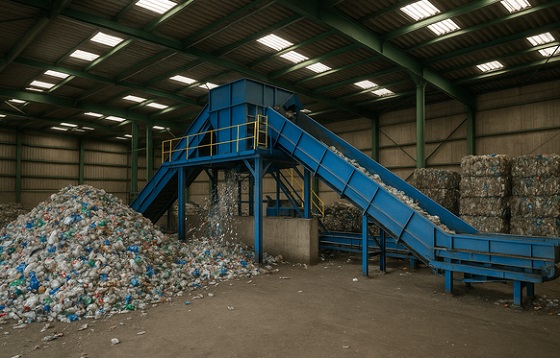
From the Frontier Centre for Public Policy
By Lee Harding
Lee Harding warns that Ottawa’s new Federal Plastics Registry (FPR) may be the most intrusive, bureaucratic burden yet. Targeting everything from electronics to fishing gear, the FPR requires businesses to track and report every gram of plastic they use, sell, or dispose of—even if plastic is incidental to their operations. Harding argues this isn’t about waste; it’s about control. And with phase one due in 2025, companies are already overwhelmed by confusion, cost, and compliance.
Businesses face sweeping reporting demands under the new Federal Plastics Registry
Canadian businesses already dealing with inflation, labour shortages and tariff uncertainties now face a new challenge courtesy of their own federal government: the Federal Plastics Registry (FPR). Manufacturers are probably using a different F-word than “federal” to describe it.
The registry is part of Ottawa’s push to monitor and eventually reduce plastic waste by collecting detailed data from companies that make, use or dispose of plastics.
Ottawa didn’t need new legislation to impose this. On Dec. 30, 2023, the federal government issued a notice of intent to create the registry under the 1999 Canadian Environmental Protection Act. A final notice followed on April 20, 2024.
According to the FPR website, companies, including resin manufacturers, plastic producers and service providers, must report annually to Environment Canada. Required disclosures include the quantity and types of plastics they manufacture, import and place on the market. They must also report how much plastic is collected and diverted, reused, repaired, remanufactured, refurbished, recycled, turned into chemicals, composted, incinerated or sent to landfill.
It ties into Canada’s larger Zero Plastic Waste agenda, a strategy to eliminate plastic waste by 2030.
Even more troubling is the breadth of plastic subcategories affected: electronic and electrical equipment, tires, vehicles, construction materials, agricultural and fishing gear, clothing, carpets and disposable items. In practice, this means that even businesses whose core products aren’t plastic—like farmers, retailers or construction firms—could be swept into the reporting requirements.
Plastics are in nearly everything, and now businesses must report everything about them, regardless of whether plastic is central to their business or incidental.
The FPR website says the goal is to collect “meaningful and standardized data, from across the country, on the flow of plastic from production to its end-of-life management.” That information will “inform and measure performance… of various measures that are part of Canada’s zero plastic waste agenda.” Its stated purpose is to “keep plastics in the economy and out of the environment.”
But here’s the problem: the government’s zero plastic waste goal is an illusion. It would require every plastic item to last forever or never exist in the first place, leaving businesses with an impossible task: stay profitable while meeting these demands.
To help navigate the maze, international consultancy Reclay StewardEdge recently held a webinar for Canadian companies. The discussion was revealing.
Reclay lead consultant Maanik Bagai said the FPR is without precedent. “It really surpasses whatever we have seen so far across the world. I would say it is unprecedented in nature. And obviously this is really going to be tricky,” he said.
Mike Cuma, Reclay’s senior manager of marketing and communications, added that the government’s online compliance instructions aren’t particularly helpful.
“There’s a really, really long list of kind of how to do it. It’s not particularly user-friendly in our experience,” Cuma said. “If you still have questions, if it still seems confusing, perhaps complex, we agree with you. That’s normal, I think, at this point—even just on the basic stuff of what needs to be reported, where, when, why. Don’t worry, you’re not alone in that feeling at all.”
The first reporting deadline, for 2024 data, is Sept. 29, 2025. Cuma warned that businesses should “start now”—and some “should maybe have started a couple months ago.”
Whether companies manage this in-house or outsource to consultants, they will incur significant costs in both time and money. September marks the first phase of four, with each future stage becoming more extensive and restrictive.
Plastics are petroleum products—and like oil and gas, they’re being demonized. The FPR looks less like environmental stewardship and more like an attempt to regulate and monitor a vast swath of the economy.
A worse possibility? That it’s a test run for a broader agenda—top-down oversight of every product from cradle to grave.
While seemingly unrelated, the FPR and other global initiatives reflect a growing trend toward comprehensive monitoring of products from creation to disposal.
This isn’t speculation. A May 2021 article on the World Economic Forum (WEF) website spotlighted a New York-based start-up, Eon, which created a platform to track fashion items through their life cycles. Called Connected Products, the platform gives each fashion item a digital birth certificate detailing when and where it was made, and from what. It then links to a digital twin and a digital passport that follows the product through use, reuse and disposal.
The goal, according to WEF, is to reduce textile waste and production, and thereby cut water usage. But the underlying principle—surveillance in the name of sustainability—has a much broader application.
Free markets and free people build prosperity, but some elites won’t leave us alone. They envision a future where everything is tracked, regulated and justified by the supposed need to “save the planet.”
So what if plastic eventually returns to the earth it came from? Its disposability is its virtue. And while we’re at it, let’s bury the Federal Plastics Registry and its misguided mandates with it—permanently.
Lee Harding is a research associate for the Frontier Centre for Public Policy.
-
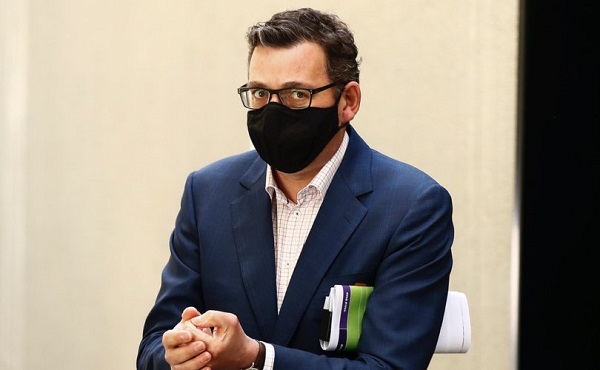
 COVID-196 hours ago
COVID-196 hours agoFormer Australian state premier accused of lying about justification for COVID lockdowns
-

 Business4 hours ago
Business4 hours agoOttawa’s Plastics Registry A Waste Of Time And Money
-
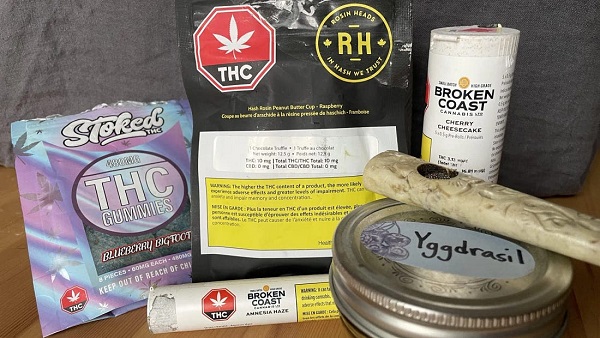
 Addictions5 hours ago
Addictions5 hours agoFour new studies show link between heavy cannabis use, serious health risks
-

 COVID-198 hours ago
COVID-198 hours agoCanada’s health department warns COVID vaccine injury payouts to exceed $75 million budget
-

 COVID-197 hours ago
COVID-197 hours agoStudy finds Pfizer COVID vaccine poses 37% greater mortality risk than Moderna
-
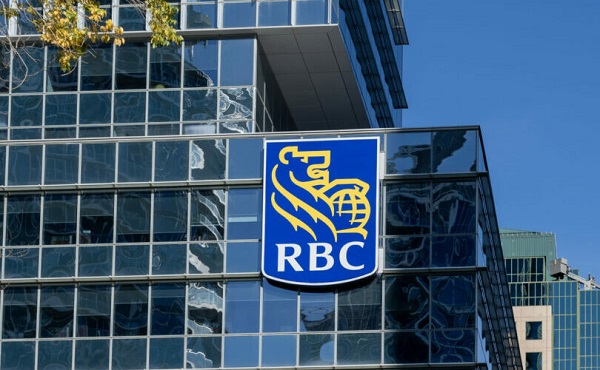
 Business2 days ago
Business2 days agoTop Canadian bank ditches UN-backed ‘net zero’ climate goals it helped create
-
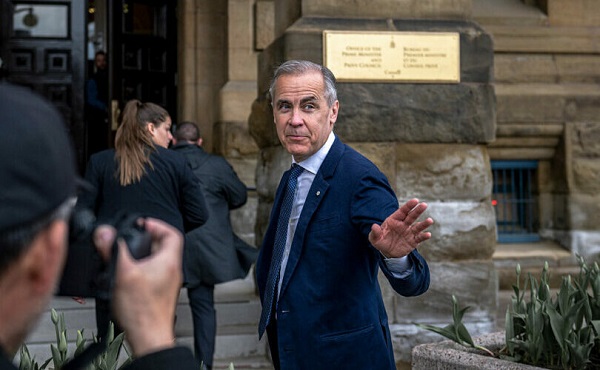
 2025 Federal Election1 day ago
2025 Federal Election1 day agoMark Carney vows to ‘deepen’ Canada’s ties with the world, usher in ‘new economy’
-

 Health1 day ago
Health1 day agoRFK Jr. orders placebo safety trials for all new vaccines in major policy decision


